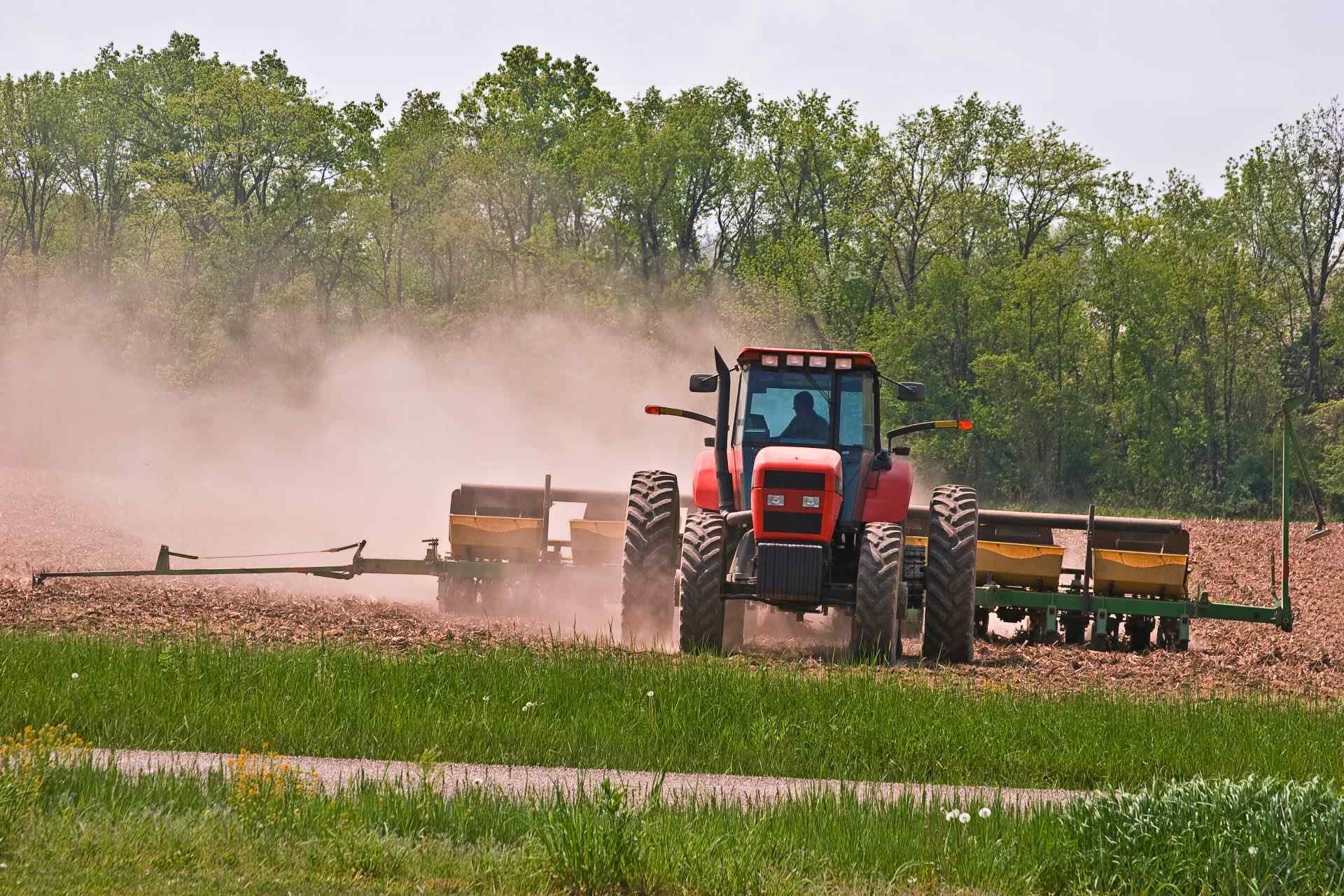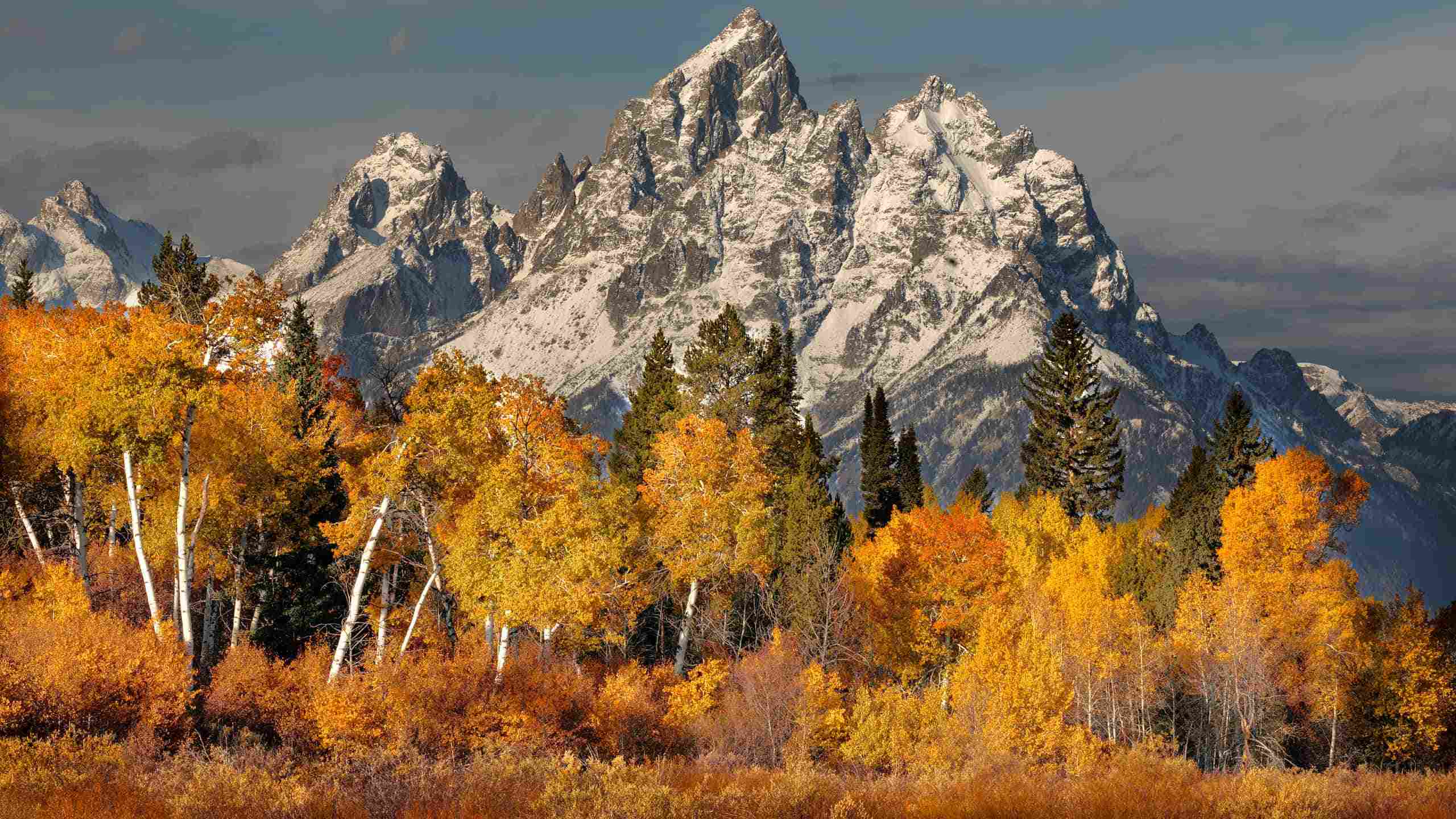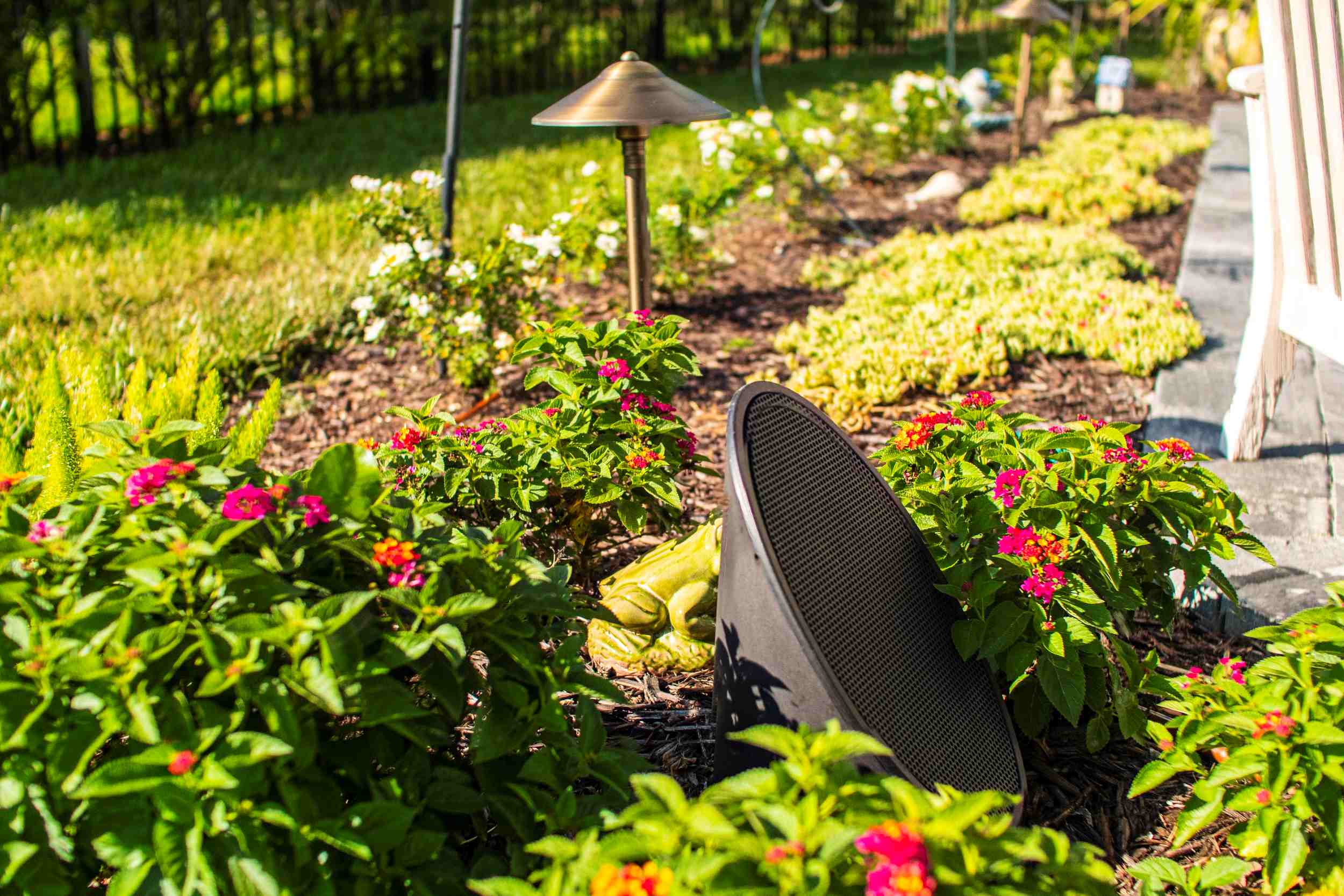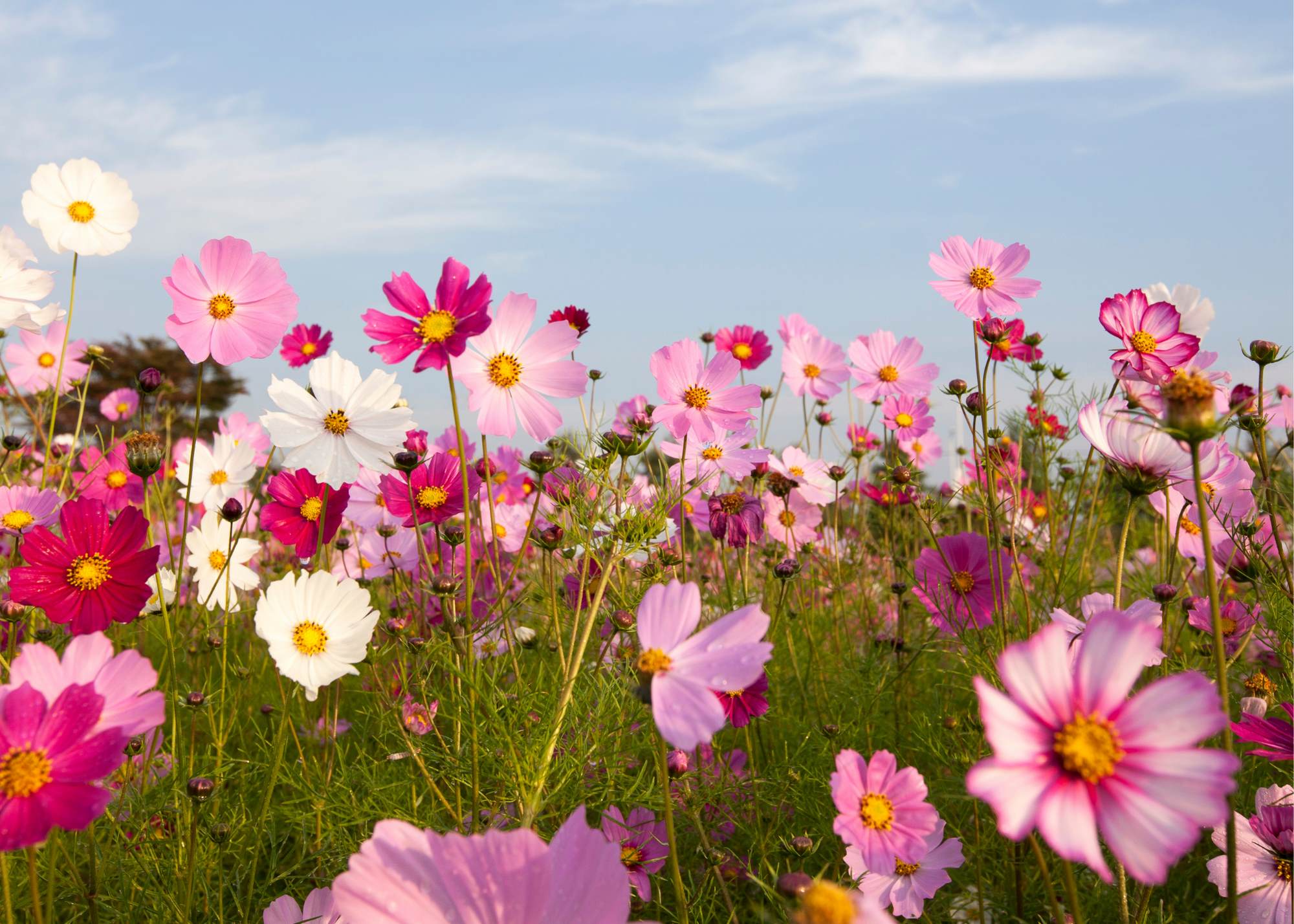Home>Gardening Basics>Understanding Soil>What Zone Is Philadelphia For Planting


Understanding Soil
What Zone Is Philadelphia For Planting
Modified: February 6, 2024
Learn about the soil in Philadelphia and gain a better understanding of which planting zone it falls under. Discover valuable insights for successful gardening.
(Many of the links in this article redirect to a specific reviewed product. Your purchase of these products through affiliate links helps to generate commission for Chicagolandgardening.com, at no extra cost. Learn more)
Table of Contents
Introduction
Welcome to the beautiful city of Philadelphia! If you’re an avid gardener or simply someone who loves plants and greenery, you may be wondering about the best soil and climate conditions for planting in this bustling metropolis. Understanding the soil in your area is key to nurturing a successful garden or landscape.
Soil composition varies from one location to another, and this has a direct impact on the types of plants that can thrive in a particular area. By understanding the soil in Philadelphia and its unique characteristics, you’ll be able to make informed decisions when it comes to selecting and caring for your plants.
In this article, we will explore the USDA hardiness zone classification system, which provides valuable information about the climate and growing conditions in different regions. We will also delve into Philadelphia’s specific hardiness zone, factors that affect planting in the city, and recommended plants that are well-suited to thrive in this environment.
Whether you’re a seasoned gardener or just starting out, this article will serve as a comprehensive guide to help you navigate the world of Philadelphia’s soil and achieve gardening success. So, let’s dig deeper into the soil of Philadelphia and discover the secrets to cultivating a thriving garden!
USDA Hardiness Zones
The United States Department of Agriculture (USDA) developed the hardiness zone map to help gardeners and horticulturists determine which plants can survive and thrive in specific regions. The map divides the United States into different zones based on average minimum winter temperatures.
There are a total of 13 hardiness zones, ranging from Zone 1 (the coldest) to Zone 13 (the warmest). Each zone is further divided into subzones, denoted by a and b. For example, if you see Zone 7a or Zone 7b, it means that the region falls within the broader Zone 7 but has slightly different temperature ranges.
The hardiness zones serve as a useful tool for gardeners and landscapers, as they provide valuable information about the average low temperatures in an area. This information is crucial because extreme cold can be detrimental to plants that are not adapted to withstand freezing temperatures.
When choosing plants for your garden in Philadelphia, it is essential to consider the hardiness zone. By selecting plants that are recommended for the specific zone, you increase the chances of successful growth and survival.
Now, let’s explore Philadelphia’s hardiness zone and understand the planting conditions in the city.
Philadelphia’s Hardiness Zone
Philadelphia is located in a unique region that experiences a combination of both humid subtropical and humid continental climates. This gives rise to diverse weather patterns, with hot and humid summers and cold winters.
According to the USDA hardiness zone map, Philadelphia falls primarily within Zone 7a. This means that the average minimum winter temperature in the city ranges from 0°F to 5°F (-17°C to -15°C). However, some areas in the outskirts of Philadelphia may fall into Zone 6b, where the temperatures can dip as low as -5°F (-21°C).
This hardiness zone classification provides valuable insights into the climate conditions that plants in Philadelphia need to tolerate. It indicates that gardeners in Philadelphia should select plants that are capable of withstanding cold winters and adapt to the specific temperature ranges of the area.
Philadelphia’s hardiness zone also implies that the growing season in the city generally begins in late spring and extends into early fall. This gives gardeners a reasonable amount of time to cultivate their plants and enjoy the beauty of their gardens.
However, it is important to note that while the hardiness zone provides a general guideline, other factors such as soil type, microclimates, and exposure to wind and sun can impact gardening success. It’s always wise to consider these additional factors when selecting plants for your Philadelphia garden.
Next, we’ll explore the various factors that influence planting in Philadelphia, helping you create an optimal environment for your plants to thrive.
Factors Affecting Planting in Philadelphia
Several factors influence the success of planting in Philadelphia. Understanding these factors will help you create the best possible conditions for your plants to thrive:
- Soil Composition: Philadelphia has a diverse range of soil types, including loam, clay, and sandy soil. It’s important to test your soil to determine its pH level and nutrient content. This will help you choose plants that are well-suited to the soil conditions and make any necessary amendments to improve the soil structure.
- Temperature Extremes: Philadelphia experiences hot and humid summers, as well as cold winters. It’s important to select plants that can tolerate both extremes and adapt to the changing temperature fluctuations throughout the year.
- Microclimates: Within the city, there can be variations in temperature, exposure to sunlight, and wind patterns due to variations in landscape, tree cover, and buildings. It’s essential to observe the specific microclimate in your garden area and choose plants accordingly.
- Moisture Levels: Philadelphia receives a moderate amount of rainfall throughout the year. However, it’s important to ensure that your plants receive adequate water, especially during dry periods. Proper irrigation and drainage techniques should be implemented to prevent waterlogging or drought stress.
- Urban Heat Island Effect: Being an urban environment, Philadelphia is subject to the heat island effect, which means that the city tends to be warmer than the surrounding rural areas. This can affect plant growth and increase the risk of heat stress. Selecting plants that are heat-tolerant can help mitigate this issue.
By considering these factors and selecting plants that are well-suited to the specific conditions in Philadelphia, you can create a thriving and sustainable garden.
Now that we’ve explored the factors that affect planting in Philadelphia, let’s move on to the next section, where we’ll discuss recommended plants that can thrive in this unique environment.
Recommended Plants for Philadelphia
When it comes to selecting plants for your Philadelphia garden, it’s important to choose varieties that are well-suited to the climate conditions and soil composition. Here are some recommended plants that can thrive in the Philadelphia area:
- Native Plants: Native plants are well-adapted to the local climate and soil conditions. Consider incorporating native species such as Eastern Redbud, Black-eyed Susan, Switchgrass, and American Holly into your garden. These plants are not only resilient but also provide habitat and food sources for local wildlife.
- Perennials: Perennial plants are a great choice for Philadelphia gardens, as they can withstand the cold winters and come back year after year. Some popular perennials for the area include Purple Coneflower, Daylilies, Russian Sage, and Coreopsis.
- Shrubs: Shrubs add structure and form to a garden while providing habitats for birds and other wildlife. Consider planting shrubs such as Spirea, Lilac, Viburnum, and Beautyberry. These varieties offer beautiful blooms, attractive foliage, and often require minimal maintenance.
- Vegetables and Herbs: Philadelphia’s growing season allows for a wide variety of vegetables and herbs to flourish. Plant tomatoes, peppers, cucumbers, basil, rosemary, and other herbs in your garden. These edible plants will not only provide fresh ingredients for your meals but also add beauty to your outdoor space.
- Trees: Trees not only enhance the aesthetic appeal of your garden but also provide shade, improve air quality, and support biodiversity. Some common tree species for Philadelphia include Sugar Maple, Red Maple, Dogwood, and American Sycamore.
These are just a few examples of the many plants that can thrive in Philadelphia. It’s essential to consider your specific garden conditions, such as sun exposure and soil type, when selecting plants. Additionally, always ensure proper spacing and provide optimal care, including regular watering, mulching, and occasional fertilization, to promote healthy growth.
Now that you have a better understanding of the recommended plants for Philadelphia, it’s time to put your green thumb to work and create a stunning garden that flourishes in this unique urban environment!
Conclusion
Understanding the soil and climate conditions of Philadelphia is crucial for successful gardening and landscaping. By considering the USDA hardiness zone, which places Philadelphia primarily in Zone 7a, you can select plants that can tolerate the region’s temperature extremes and have a higher chance of flourishing.
Several factors, including soil composition, temperature variations, microclimates, moisture levels, and the urban heat island effect, influence planting in Philadelphia. By taking these factors into account and making informed choices, you can create an optimal environment for your plants to thrive.
When selecting plants for your Philadelphia garden, consider native species that are well-adapted to the local climate and support biodiversity. Incorporating perennials, shrubs, vegetables, herbs, and trees that are suitable for the area will not only add beauty to your garden but also provide sustainable habitats for wildlife.
Remember to consider the unique conditions of your specific garden area, such as sunlight exposure and soil type, to ensure the success of your plants. Adequate care, including watering, mulching, and occasional fertilization, will further promote the health and growth of your garden.
Take advantage of Philadelphia’s growing season, which typically extends from late spring to early fall, and enjoy the beauty and satisfaction of a thriving garden. Whether you’re an experienced gardener or a novice, with careful planning and consideration, you can create a stunning and sustainable garden that brings joy and tranquility to your outdoor space.
Now, armed with your knowledge of Philadelphia’s soil and climate, it’s time to get your hands dirty and start cultivating your very own garden oasis in the heart of the city!










